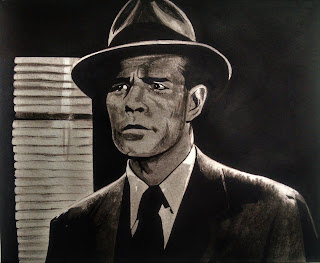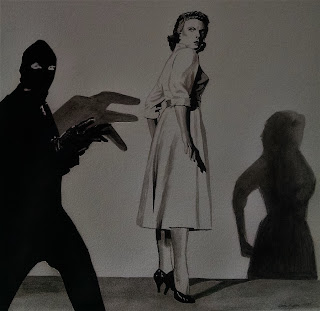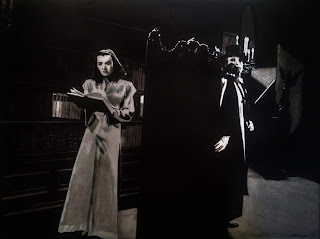
GREAT DETECTIVES & PEOPLE OF MYSTERY #10 DR. FU MANCHU Created by Sax Rohmer, Dr. Fu Manchu was the ultimate villain, a Chinese master criminal of untold wealth, intellect and occult powers whose goal was world conquest. The Boxer Rebellion at the turn of the 20th Century had aroused fears of a "Yellow Peril" and Rohmer recognized that popular literature was ready for an Oriental archcriminal. Rohmer's research for an article on Limehouse, the Chinese district of London, had divulged the existence of a "Mr. King", a figure of immense power. His enormous wealth was derived from gambling, drug smuggling, and the organization of many other criminal activities. He was the apparent head of powerful tongs and their many unsavory members. "Mr. King" was never charged with a crime and his very existence was in question. One foggy night Rohmer saw him - or someone he believed to be Mr. King - from a distance. His face was the embodiment of Satan an





